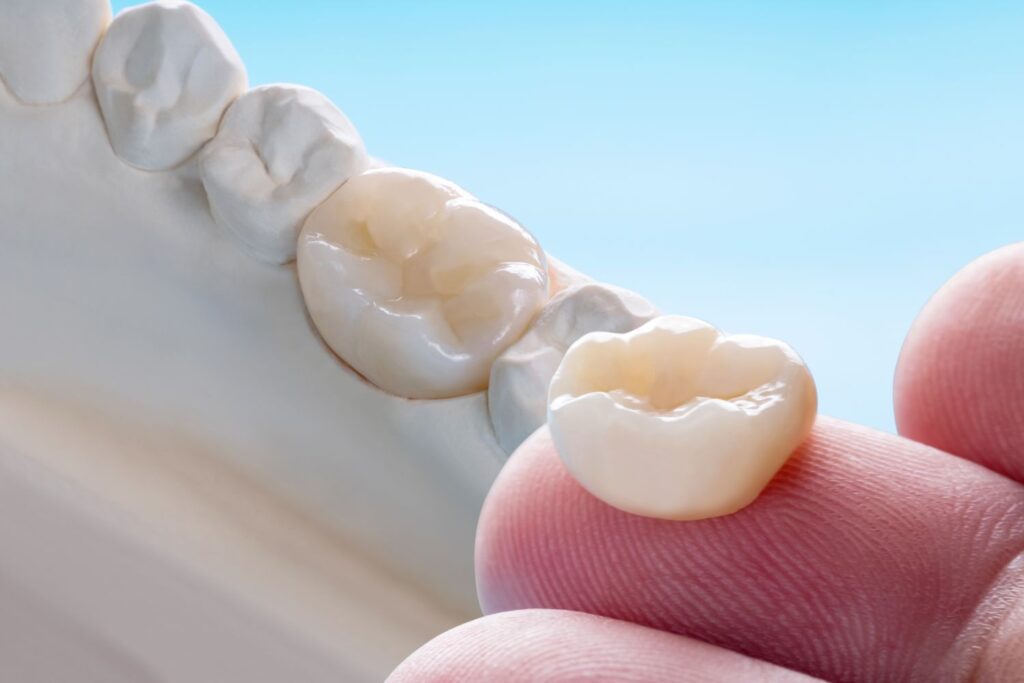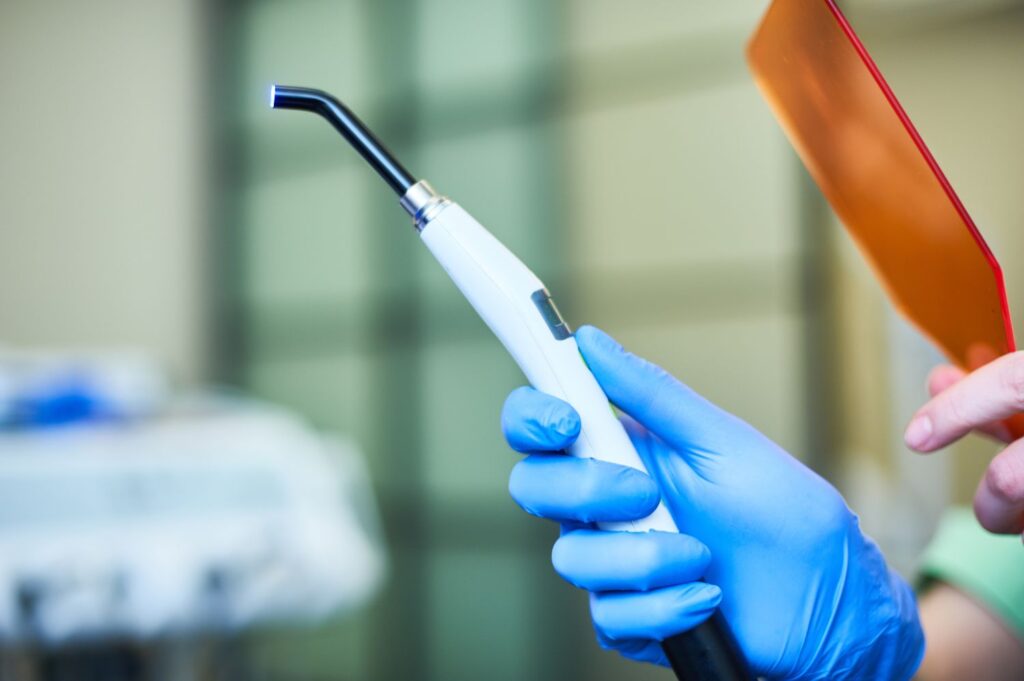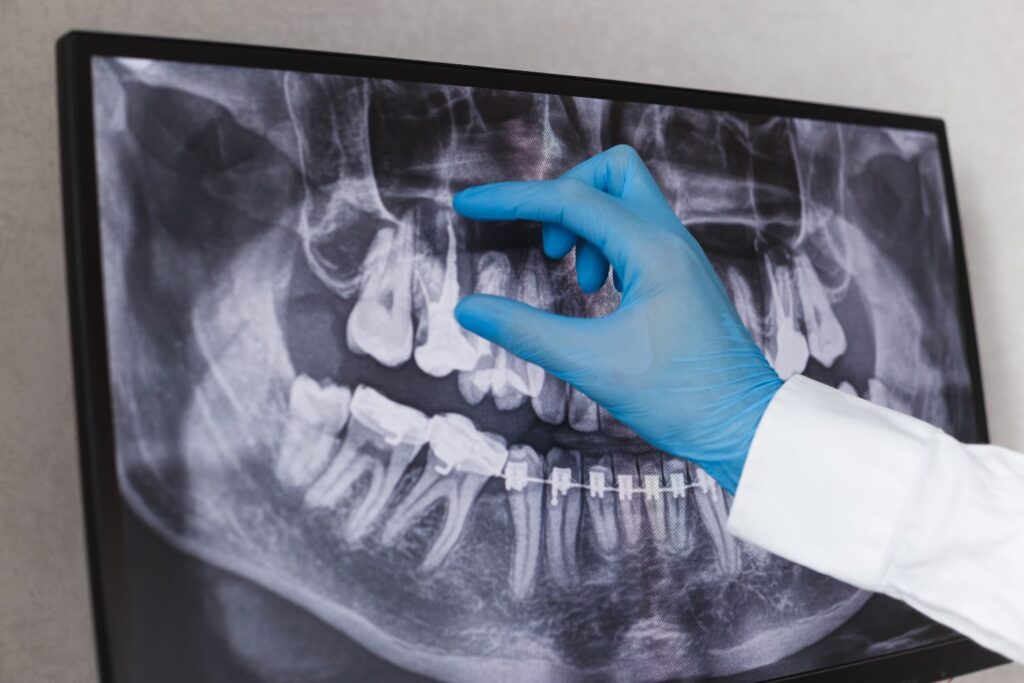
Plaque builds up on a portion of the tooth that has not been completely cleaned. Eventually, this plaque hardens into tartar. This process takes time, but the tartar cannot be removed with a toothbrush. Professional instruments are required. When tartar sits on the tooth’s surface for a long time, it eats into the tooth and cavities can form. After this, gum disease can begin to develop, and we don’t want that to happen.
The American Dental Association recommends that everyone have a professional cleaning every six months, and we agree with this recommendation. Sometimes it’s appropriate for more frequent cleanings in the case that you’ve missed a few cleanings and have significant tartar buildup or if we are treating you for gum disease.


Today much emphasis is placed on having a healthy smile. But if you have one or more teeth that are cracked, chipped, decayed, or otherwise degraded, how can you best restore your smile to its former glory? Dental crowns—also known as tooth caps—are a popular dental restoration option that can be adapted to fit practically any budget restraints or tooth status.
A dental bridge is comprised of two dental caps that are placed on the teeth on either side of the gap, with however many false teeth required filling in the space. These false teeth are also known as “pontics”. bridge crosses the space left by a missing tooth or other dental gap and helps secure the teeth on either side.
It’s almost certain everyone will have to deal with the most basic of dental maladies—cavities. If left un-addressed, cavities can cause much more widespread tooth decay and oral pain. Fortunately since they are such a common issue, dental technology and procedure is quite advanced in dealing with these unwanted enamel intrusions. One such technique is dental fillings.


Our teeth are meant to last a lifetime. Sometimes, however, damage occurs to a tooth (often from a deep cavity or an injury that causes a tooth to crack) and the inside of the tooth becomes infected. This infection damages the pulp of the tooth – the network of blood vessels and nerves inside.
Left untreated, the damaged pulp can cause infection that will damage the bone around the tooth and cause swelling and pain. If the damaged tooth becomes infected, we may have to perform an endodontic treatment (often called Root Canal Therapy) to save it. Endodontic treatment involves opening the tooth, removing the damaged pulp, cleaning, shaping, filling and sealing the tooth.
A denture is a removable replacement for missing teeth and surrounding tissues. Two types of dentures are available — complete and partial dentures. Complete dentures are used when all the teeth are missing, while partial dentures are used when some natural teeth remain.

Mon- Thurs: 7 AM to 4PM
(Closed Fri/Sat/Sun)
Copyright © 2025 Lakeshore Dental. All rights reserved.